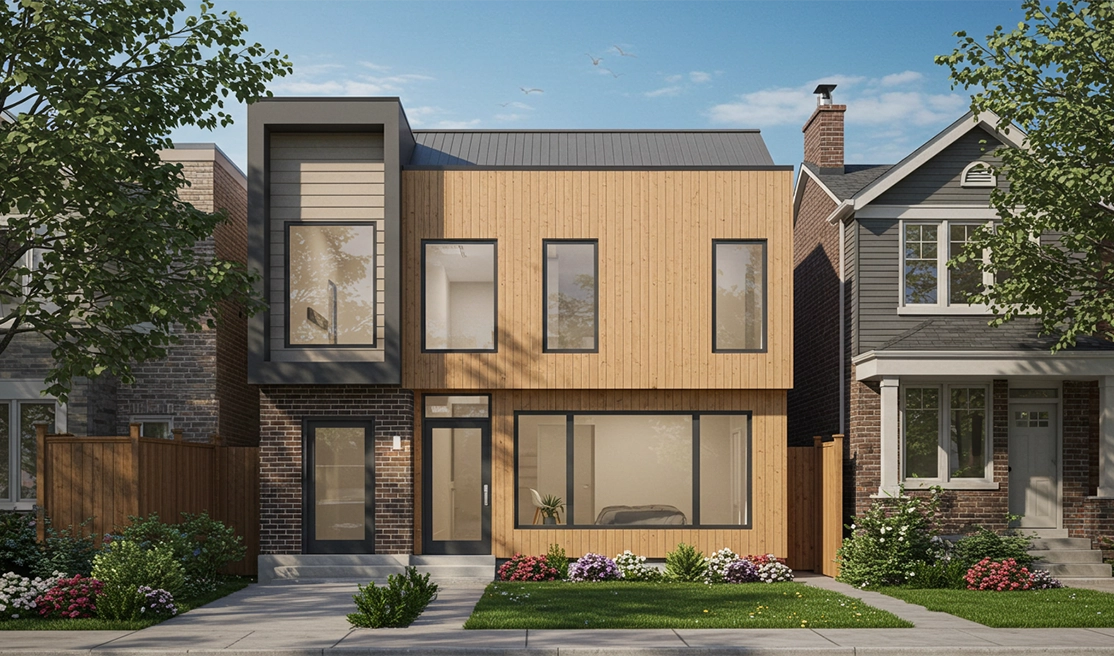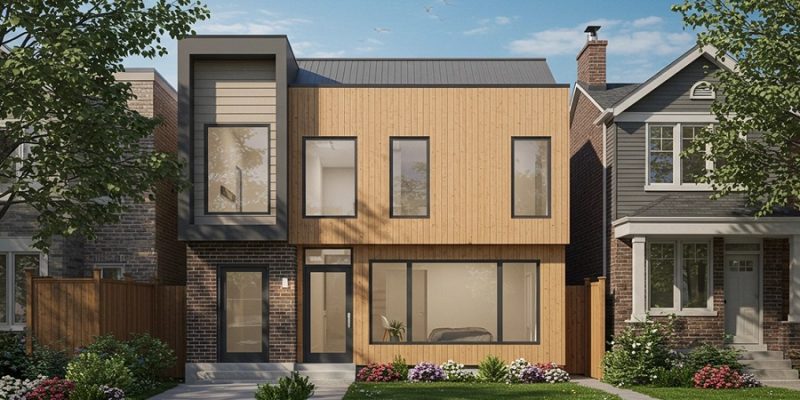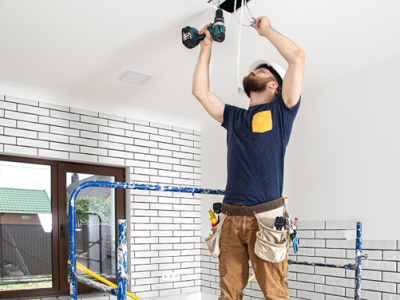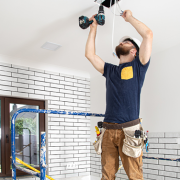Unlocking the value of your property through a laneway suite is a sharp investment strategy in Toronto’s dense real estate market. However, the path is paved with more than just financial decisions. Securing a Laneway House Mortgage Toronto is a critical step, but it’s one that follows a series of foundational challenges, primarily navigating complex zoning bylaws and the building permit process. At Land Signal, we specialize in clearing these initial hurdles. This guide provides a clear roadmap, from untangling financing complexities to leveraging new policies, ensuring your project begins on solid ground.
The Mortgage Maze for Laneway Homes
For many homeowners, the greatest financial hurdle isn’t the cost itself, but the nature of the loan required. Traditional mortgage lenders are accustomed to financing tangible, existing properties. A laneway suite, during its planning phase, is merely potential on paper.
This is where the concept of “as-completed value” becomes paramount. Lenders must assess the future value of your entire property after the suite is built, a speculative process that can make them hesitant.
They are not just lending against your current equity; they are investing in a construction project, which carries its own unique risk profile and requires a more specialized approach than a standard home loan.

From Blueprints to Bricks
Once your project is deemed viable from a zoning and permit perspective, you can confidently approach lenders. The financing structure you choose will directly impact your project’s cash flow and overall cost.
To move from design to a physical structure, homeowners in Toronto typically turn to a few key financial tools, each with distinct mechanisms. Let’s explore the most effective routes for funding your laneway suite Toronto construction, a project that often requires between $300,000 and $600,000.
1- Home Equity Line of Credit (HELOC)
A HELOC operates like a revolving credit account, secured against the existing equity in your home. Its primary advantage is flexibility; you can draw funds as needed to pay contractors and purchase materials, and you only pay interest on the amount you use. This makes it an excellent tool for managing the variable costs of construction.
2- Mortgage Refinancing
This common strategy involves replacing your current mortgage with a new, larger one, and using the difference to fund the construction. If you have significant equity and a good credit history, refinancing can provide you with a lump sum of capital at a predictable, fixed interest rate, which can be easier to budget for than the variable rates of other options. Securing a Laneway House Mortgage Toronto through this method is becoming increasingly accessible.
3- Construction Loans
These are specialized loans designed specifically for building projects. Unlike a traditional mortgage, funds are not advanced all at once. Instead, they are released in stages (or “draws”) as construction milestones are completed.
Lenders like Equitable Bank offer tailored products for this purpose, featuring a one-year, interest-only construction period. Their program covers up to 75% of the project’s as-completed value or 80% of the building budget, typically at an interest rate of Prime + 2% with a 1.5% commitment fee. Applicants generally need a minimum credit score of 680 to qualify.
Toronto’s Financial Carrots
To encourage the development of secondary dwelling units, the City of Toronto has historically offered incentives designed to ease the financial burden on homeowners. These “financial carrots” aimed to make laneway suite projects more accessible and align with the city’s housing density goals. Understanding these programs—and their current status—is crucial for accurate budgeting.
1- Development Charges Deferral Program
One of the most significant financial reliefs available is the Development Charges Deferral Program for laneway and garden suites. This program allows homeowners to defer the payment of municipal development charges for up to 20 years. These charges can be substantial, and postponing them until the property is sold frees up critical cash flow during the expensive construction phase.
2- Affordable Laneway Suites Program
Previously, the city also offered the Affordable Laneway Suites Program, which provided a forgivable loan of up to $50,000. This loan was intended for homeowners who agreed to rent their suite at or below the city’s average market rent for a 15-year period, after which the loan would be forgiven. However, homeowners should be aware that, due to provincial funding cuts, this popular program is currently paused and not accepting new applications.

Fresh Pours in City Policy
The policy landscape governing laneway suites is not static. Recent developments at both the municipal and federal levels are actively working to streamline the process and lower barriers to entry.
These “fresh pours” in policy are creating a more favorable environment for homeowners considering this type of development. Here are two of the most impactful recent changes:
- Free Pre-Approved Designs: In a move to reduce upfront costs and expedite approvals, the City of Toronto released a portfolio of pre-approved architectural designs for laneway and garden suites in July 2025. These designs comply with the Ontario Building Code and can save homeowners thousands of dollars in architectural fees, simplifying one of the earliest steps in the project.
- Enhanced Federal Financing Rules: The federal government’s 2024 budget introduced a major change that significantly improves access to a Laneway House Mortgage Toronto. New rules now permit homeowners to refinance up to 90% of their property’s as-completed value to finance the construction of a new unit. This is a substantial increase that makes these projects viable for those with less upfront capital.
Clear Your Path with LandSignal
Before a single dollar of a loan is disbursed, your project’s legality must be unquestionable. A bank will not finance a blueprint that cannot be built. This is where our role becomes essential.
At LandSignal, we are not mortgage brokers; we are your foundational partners who ensure your project is viable from day one. Our team dives deep into municipal zoning bylaws and manages the entire building permit application process on your behalf.
We provide the certainty that lenders require, transforming your architectural vision into a permit-approved, shovel-ready project long before you finalize financing.
Conclusion
While building a laneway suite in Toronto involves navigating a complex web of financial and regulatory requirements, the pathway to completion is clearer than ever. Armed with diverse financing options, new supportive policies from the city, and streamlined federal lending rules, homeowners are well-equipped for success. Securing the right Laneway House Mortgage Toronto is the final piece of a puzzle that begins with expert-led zoning and permit approvals—a crucial first step toward maximizing your property’s potential.













Comments